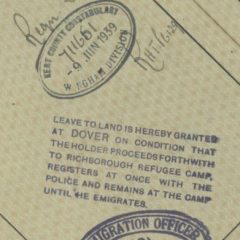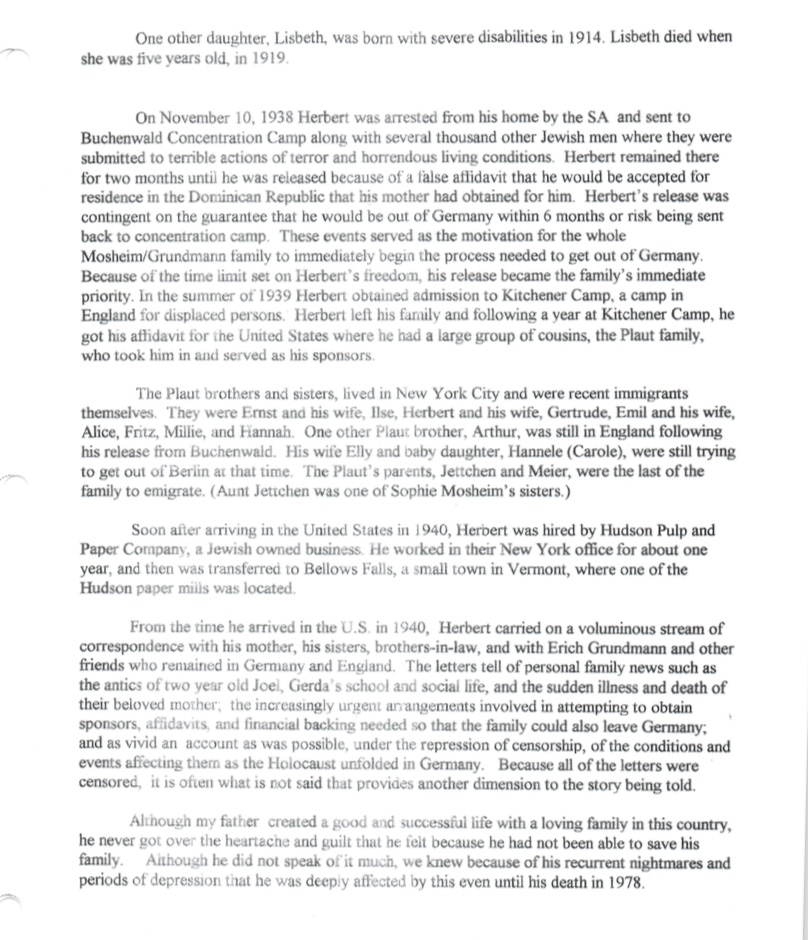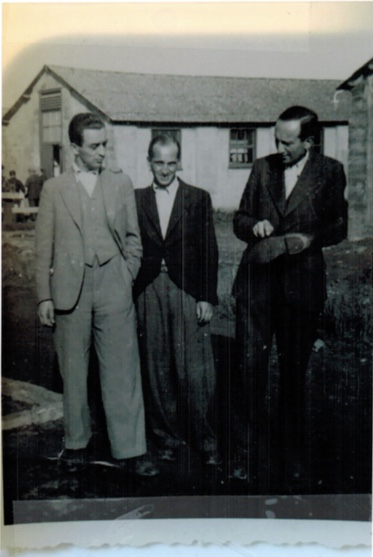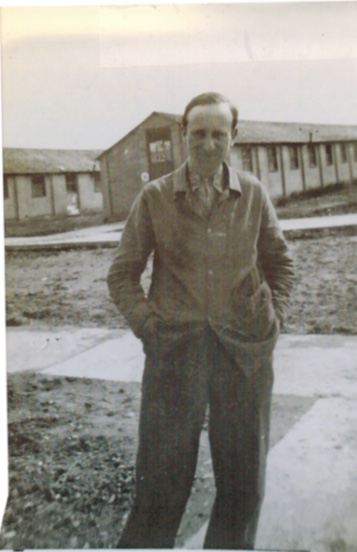Born: Valdorf, Germany, 9 February 1908
Profession in country of origin: Engineer (paper factory)
Arrived in Britain as a refugee from Germany on 1 August 1939
Documents
Male enemy alien - Exemption from internment - Refugee Surname: Mosheim Forename: Herbert Alias: - Date and place of birth: 09/02/1908 in Valdorf Nationality: German Police Regn. Cert. No.: 712 608 Home Office ref: C 2615 Address: Kitchener camp, Richborough, Sandwich, Kent Normal occupation: Engineer Present occupation: Name and address of employer: - Decision of tribunal: Exempted "C" Date 18.10.1939 Whether exempted from Article 6(A): Yes Whether desires to be repatriated: No Tribunal District: Richborough Camp Tribunal 3
Source: National Archives, Home Office: Aliens Department: Internees Index, 1939-1947.
Editor’s note: We are not allowed to reproduce National Archives (UK) images, but we are permitted to reproduce the material from them, as shown above.
To view the following images, please click to open in enlarged full form
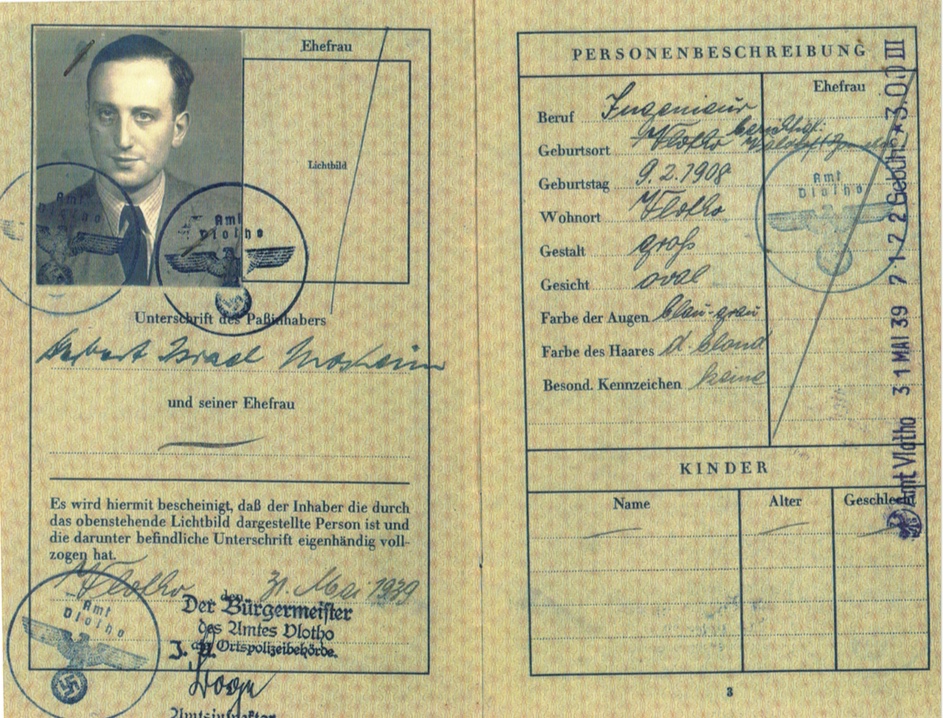

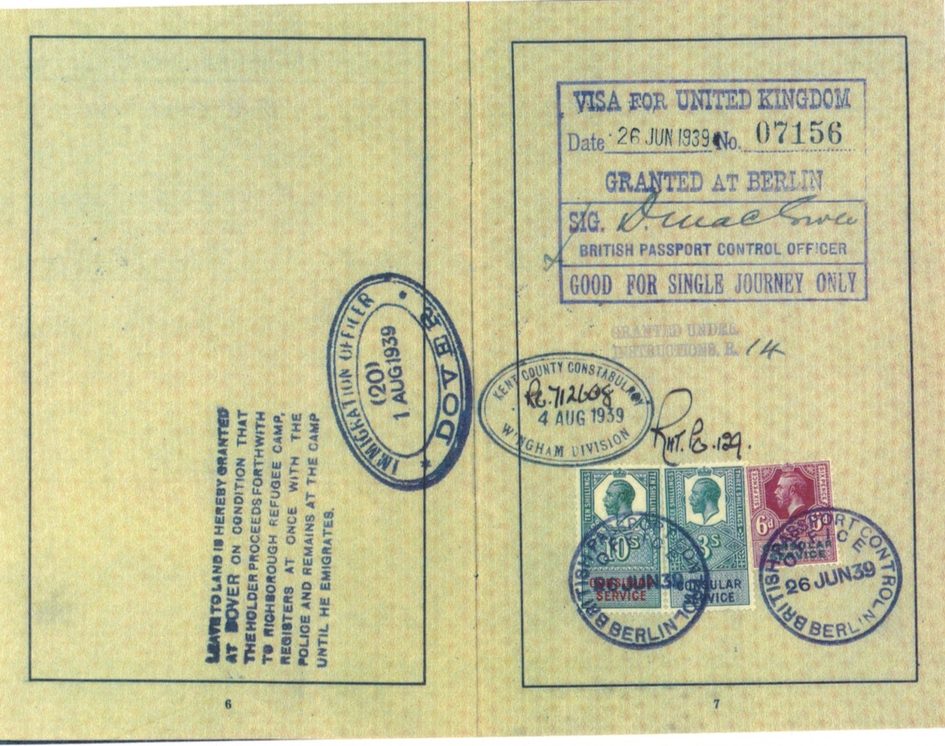
-Kindly submitted by Sue Moss Alterman for Herbert Mosheim (Moss)
Letters
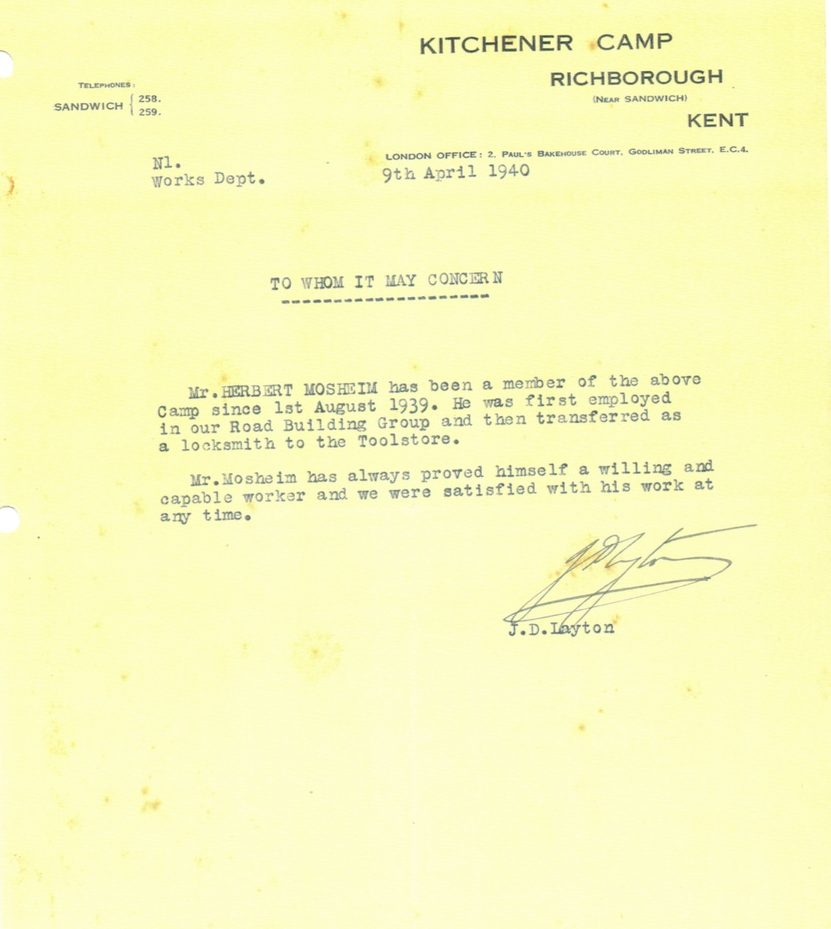
Kindly submitted by Sue Moss Alterman for Herbert Mosheim (Moss)
Memories
My father, Herbert Mosheim, was at Kitchener camp for almost a year. He was always grateful for the refuge he was given.
He was the only member of his large family to escape and survive. He made friends (including his lifelong friends, Werner Gembicki and Ernst Levi) and memories at Kitchener camp.
Herbert stayed in touch with a lady named Maude Peabody who was I believe a village resident who befriended my dad and his group of friends.
Life in the USA
Herbert left England in April 1940. He came to the U.S.A. where he had first cousins who had emigrated about a year earlier – the six or seven Plaut brothers and sisters. It had always been his family’s hope to all come to the U.S.A. eventually. I don’t know details about what had to take place for him to gain entry to the U.S.A., and why it was in April 1940 that he came.
In Germany, his father and their brothers owned two paper mills: one in Vlotho and one in Wrexen. So my dad got a degree in paper engineering in Kothen in March 1930. His father died in 1935 of natural causes, and my dad became took over the Mosheim paper mill in Vlotho. In 1938 the mills were confiscated by the National Socialists. He was sent to Buchenwald on November 10, 1938. His release like most of the others was contingent on him leaving Germany within a certain time period. I never realized how very lucky he was to get into Kitchener Camp until I read this blog and Clare Ungerson’s book.
Soon after arriving in the U.S.A. where he stayed with various Plaut cousins, he was hired to work in the office of a Jewish-owned paper company, Hudson Pulp & Paper (owned by William and Jack Mazer). He met my mother, Ingrid Clara Marx, who had escaped Germany without her mother or grandparents, in 1940. She was working as a live-in governess in Brooklyn. They met at a Sunday afternoon social gathering for German Jewish refugees.
A few months after they met, my dad was transferred from the New York office of Hudson to help manage one of their paper mills which was located in Bellows Falls, Vermont, a town of 3000 people about a seven-hour drive from NYC. My parents were married on March 28, 1942. My sister, Nancy Moss Cohen, and I were both born and raised in Bellows Falls and later Claremont, New Hampshire, which was just across the Connecticut River.
Neither of my parents were able to get anyone else out of Germany. It took money and connections of which they had neither.
I have several collections of letters through which I’ve learned much of what I know: letters from my dad’s mother and sisters to him after he reached the U.S.A., letters from my mother’s family in Munich to her before they were all deported, and letters between my parents during their engagement when he was in Vermont and she was still in NYC. These letters are treasures. They are the only way I have of knowing my aunts, uncles, and grandparents.
I remember my father always speaking gratefully about Kitchener Camp. He maintained a correspondence with Maude Peabody who I believe lived in Sandwich and was very kind to my dad and his close friends.
And Werner Gamby, his wife, Vera, and their children, Peter, Dottie, and Micki, became lifelong close friends of our family. Werner and my dad met at Kitchener Camp.
Kindly submitted by Sue Moss Alterman for Herbert Mosheim (Moss)
-Kindly submitted by Sue Moss Alterman for Herbert Mosheim (Moss)
There is further information about Herbert Mosheim and family in two archives, which are well worth visiting either online or in person, as follows:
At Mendel-Grundmann-Gesellschaft e.V. online there is much more information and some lovely photographs.
Photographs
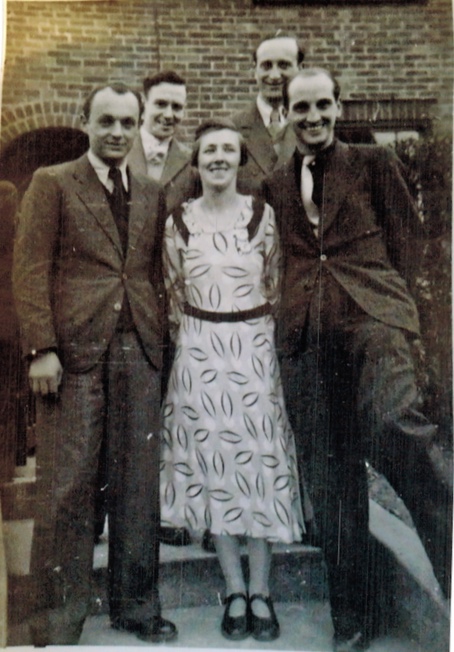
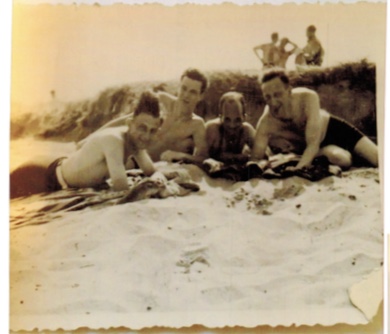
The family believe that in the photograph above are: Ernst Levy, Werner Gembicki, Herbert Mosheim
Additional information from the family:
Ernst Levy spent some time in Vlotho prior to Kitchener Camp, although we don’t have details. He and his wife Kate settled in England after the war. I believe he worked at the Mosheim paper factory, or with their animals, in order to have the experience he needed to get into Kitchener Camp. I met them at a gathering in Vlotho in 1988. He and my dad looked very much alike.
The following photographs are taken from a family album: USHMM has copies of these, which are linked to below:








The United States Holocaust Memorial Museum has a significant Mosheim collection, of which these images are part.
-Photographs kindly submitted by Sue Moss Alterman for Herbert Mosheim (Moss)
